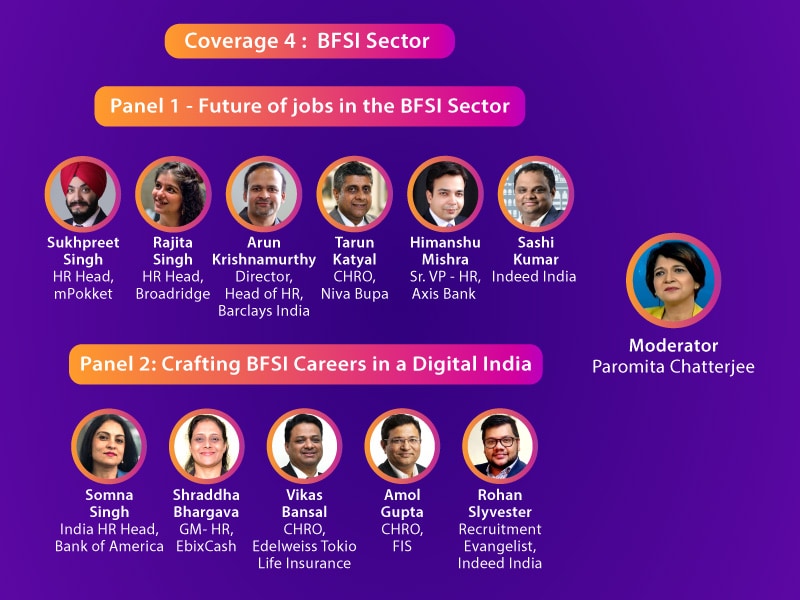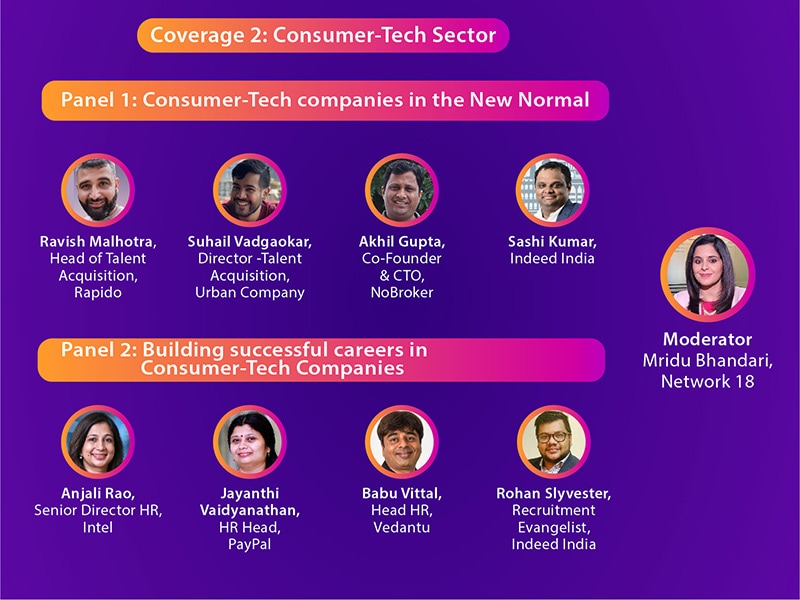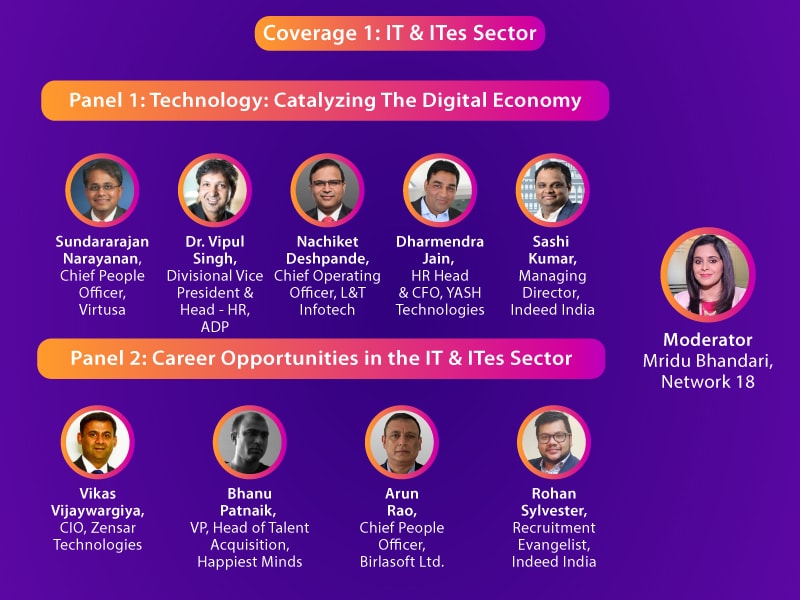Everything you wanted to know about creating a Curriculum Vitae (CV)

If you’re browsing through opportunities to pursue further education in India or abroad, or seeking to surge ahead in your career graph, having a crisp and compelling CV.
A CV or Curriculum Vitae, which literally translates to ‘course of life’ from Latin, is your opportunity to briefly take potential employers through the course of your academic and work-life. This concise document should contain your educational and professional history, accomplishments, relevant experiences, projects, publications or any other information that could push you ahead in the competitive hiring process. Including your personal profile, consisting of your positive attributes and skills, could also work in your favour as employers receive a holistic view of your personality and accomplishments.
Knowing some simple tips and tricks can help you craft a CV that will kickstart your professional growth.
Content to be Included
An ideal CV must contain:
- Contact Details: Your full name, permanent address, phone number where you can be reached and email address.
- Educational background: A complete account right from your high school through post-doctoral education (if applicable). Don’t forget to mention your degree’s title, year of graduation, and school/university’s name.
- Professional background: The name(s) of the organization/s you worked at, job title, dates of employment along with an overall summary of your experience and achievements.
- Attributes and Qualifications: Both, your hard and soft skills developed through the course of your academic/professional life.
- Awards and Accolades: Award name/type, year received, organization that awarded you, and other relevant details.
- Publications (if relevant): A complete citation inclusive of your co-authors, summary, journal name, edition, volume, page, date of issue (DOI) number, etc.
- Presentations (if relevant): Topic title, date and venue of the presentation.
- Professional Associations: Organization’s name, location/chapter and dates of active membership.
- Scholarships and Grants: The name, date of receipt and awarding institution.
- Certifications and Licenses: The name, date of award and awarding institution.
3 Common Types of CVs
Depending on the industry you belong to and the information that you have to showcase, one of these three formats could become a scaffolding for your CV.
The Chronological CV
This is the most common type of format and mainly focuses on Academic and Professional background. You should opt for this model if your employment has been within the same industry and your advancements in work experience have been consistent.
Components include:
- Contact details
- Academic background
- Professional background
- Skills and Qualifications
- Awards and Accolades
- Publications and Presentations
- Scholarships and Grants
- Certifications and Licenses- Professional Associations
The Functional CV
This puts enhanced emphasis on your acquired skills, awards and accolades. You could opt for this type of CV if you have freshly graduated or are new to the job market, have multiple employment gaps or are switching to a new career.
Components include:
- Contact details
- Skills and Qualifications
- Awards and Accolades
- Academic background
- Professional background
- Publications and Presentations
- Scholarships and Grants
- Certifications and Licenses
- Professional Associations
The Combination CV
A hybrid version of the above two versions of CV, this emphasizes your academic and professional background, as well as your acquired skills, awards, and accolades. Your order of display would depend on your career goals, most recent experiences, and relevancy to desired positions.
4 Rules to Follow while crafting a CV
Drafting Style
To enhance readability, increase legibility and make your CV easy to scan through, selecting the right font size and type is key.
Primarily chosen font types are serif (Times New Roman, Courier, Georgia) and sans-serif (Helvetica, Arial, Geneva). Contrasting the latter, the former being petit and decorative tends to flourish, raising readability. An ideal font size would be 10-12 points. Avoid reducing this to cramp additional details on your CV.
Presentation Style
Ideally, your CV should have a Margin of between 1-1.5 inches around the text. If your margin size is too large, it increases white spaces; if it’s too small, your data appears cluttered.
Efficient Use of Space
To avoid creating an excessively messy CV, with too much information or unnecessary experiences, you could consider using:
- Bullet Points: This makes it easier for the employer to scan through. - Sections headers: Make them bold, large, and underlined to set them apart.- Bolded Terms: Highlighting important terms like your name or job titles.
Always Proofread
A single grammatical error in your CV creates a bad impression, which could end up being the last impression. Hence, keep crosschecking for typos, syntax, spelling, etc., to portray professionalism.
Unlocking future opportunities
A CV is usually the key that could open the door to a personal interview with a potential employer. Make sure that it is comprehensive, accurately formatted and easy to browse, to remove any obstacles that could stand between you an array of job opportunities!







